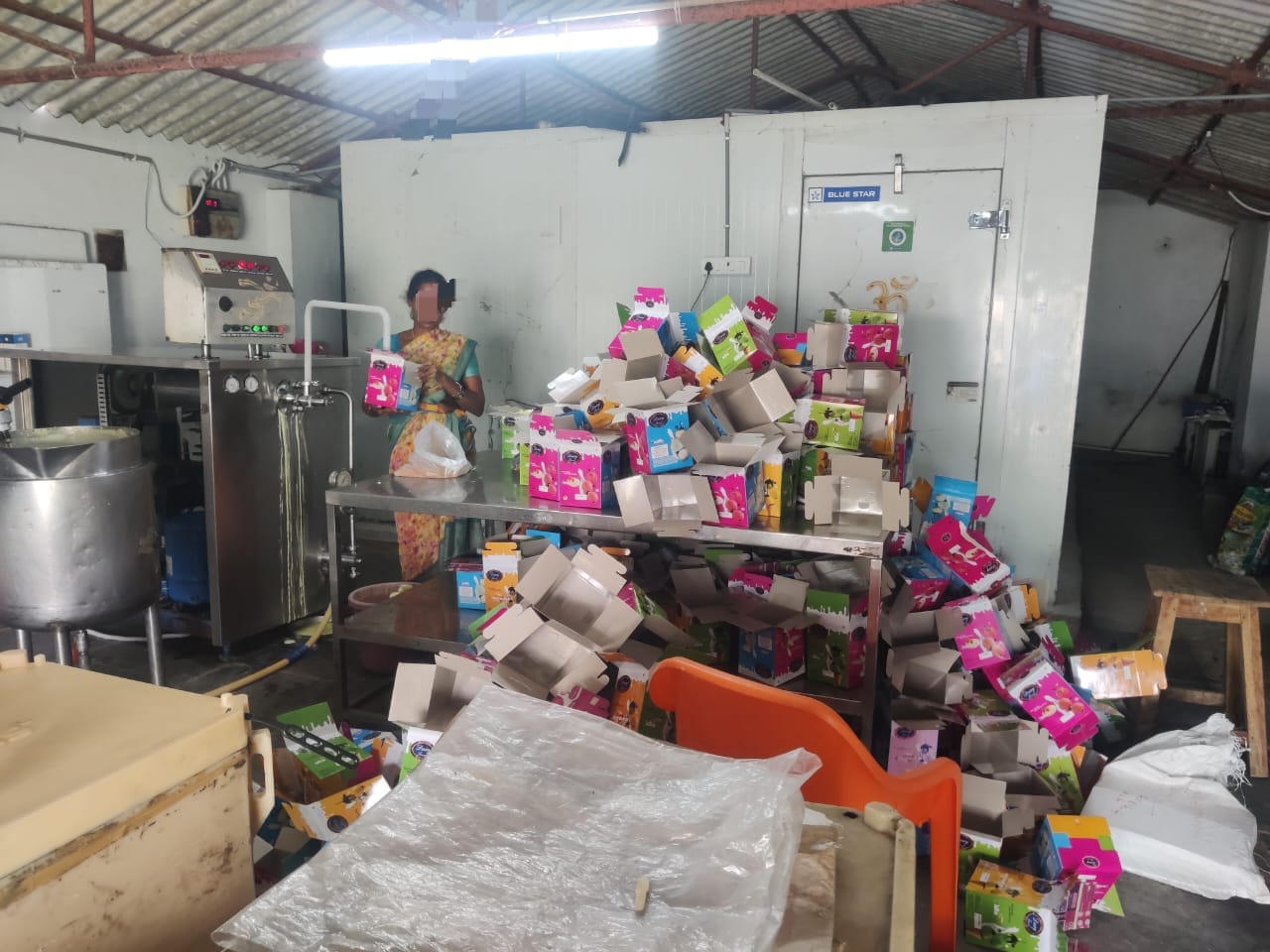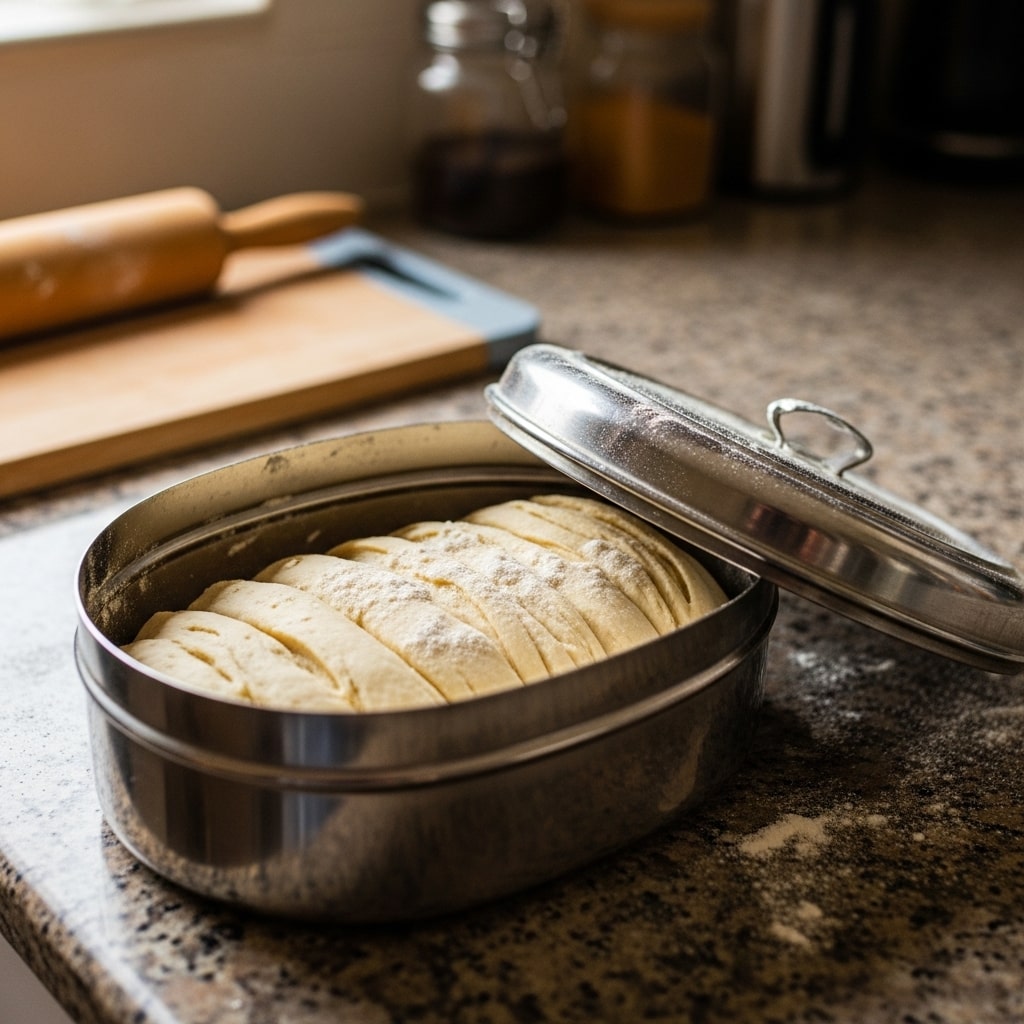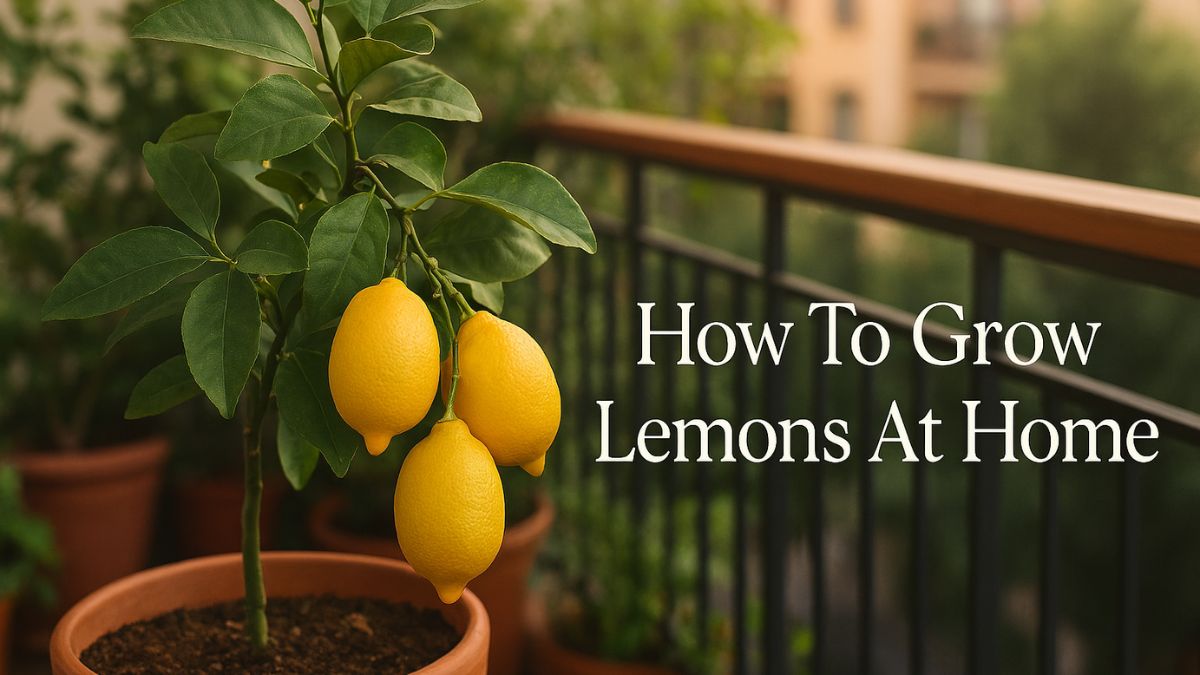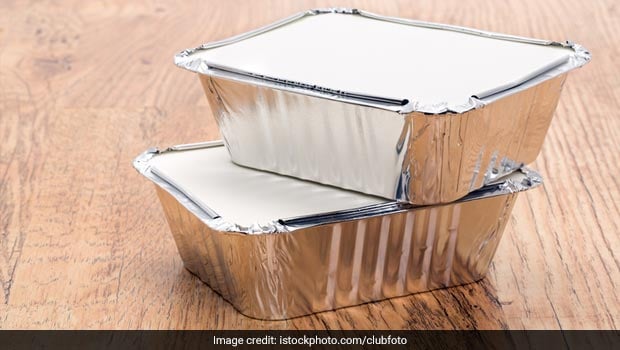Whether it is lunch for office or college, planning a picnic or travelling, most of us pack our home-made food in aluminum foil and carry it. But have you ever wondered how it keeps the food warm and is it even safe to store food in aluminum foils for longer periods of time? Aluminum foil is made up of aluminum (as the name suggests), which has reflective properties and acts as a barrier to light and oxygen. As a result, the foil reflects the thermal energy back to the food maintaining the inherent aroma, moisture, and flavor of the food. It is often used for the packaging of perishable foods and dairy products also for longer storage. Aluminum foil's usage doesn't only limit to food, it can also be used to put on windows to keep the house cool during summer and hot during winters.
How Do Aluminum Foils Work?
An aluminum foil keeps the food warm, but placing the foil directly on the object or food doesn't help much. The reason behind this is, if the foil is in contact with the object, the thermal energy would move in the foil itself and might get away, but if the foil is placed a little away from the food then it can properly reflect back the thermal energy and maintain the freshness of the food. So to avoid contact between foil and food, you can add a few layers of butter paper to make air pockets and then add a pack in a final layer of aluminum foil.
As aluminum is a poor insulator (a substance that doesn't allow passage of heat) so to make the foil more effective, place it (food wrapped in foil) in fiberglass or ceramic tiffin boxes. It doesn't only keep the food warmer for longer, but also keep things cold. It acts as a barrier to oxygen and air which can transfer heat to cold or frozen food. The bottom line is it helps by maintaining the temperature of the food, be it warm or cold.
(Also read: Why Cooking in Aluminium Foil Can Be Toxic)
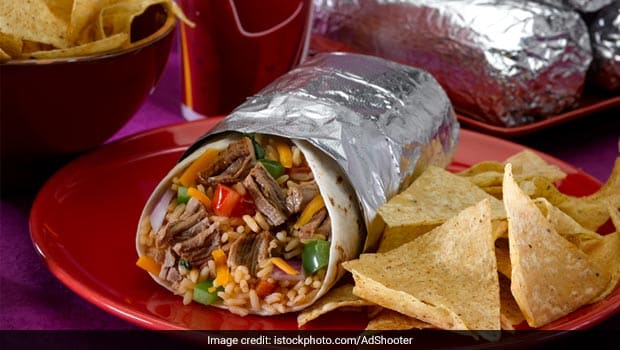
An aluminum foil keeps the food warm.
Dangers of aluminum foil
Aluminum foil should ideally be used only to keep food warm for shorter periods of time but many people store the food for longer which may have consequences. Any food, if reaches 7- 8 degree Celsius or the time limit of 3-4 hours has exceeded (this may vary depending on the season and outdoor temperatures) then it provides an atmosphere for bacteria to reproduce, so it shouldn't be outside the refrigerator. The bacteria (lysteria, staph) developed on the food will not be visible but it may cause food poisoning, clammy skin, and vomiting.
According to Shalini Manglani, Bangalore-based Wellness and Weight Management Expert, “Muslin cloth, food-grade brown paper, and food-grade parchment or butter paper can also be used to wrap foods. Aluminum foil locks moisture and odor in and keeps the food fresh but hot and acidic foods should not be put in aluminum foil as the aluminum will leach into the item.”
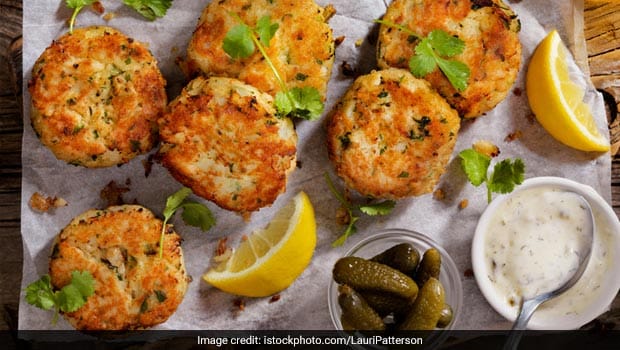
Parchment or butter paper can also be used to wrap foods.
Although aluminum foil is there to keep your food warm, it doesn't harm to try other alternatives too as suggested by experts. For most working people, eating packed homemade food is the norm. All you need to do is give a little attention to how this food is packed and carried. Be Safe!
